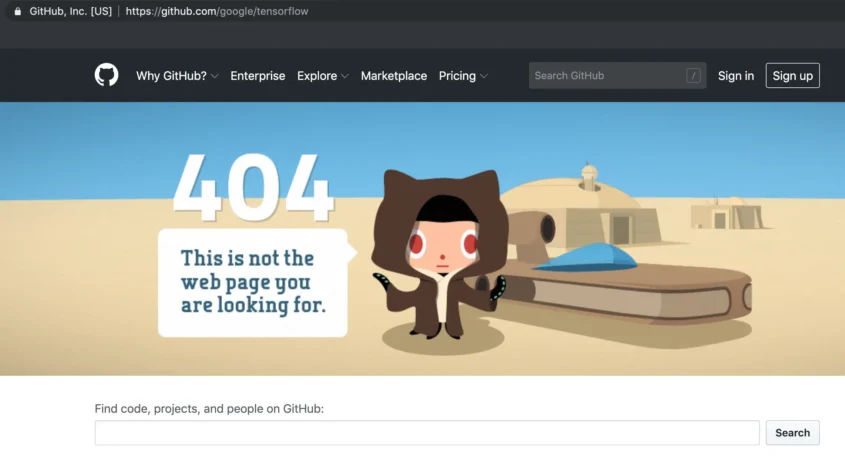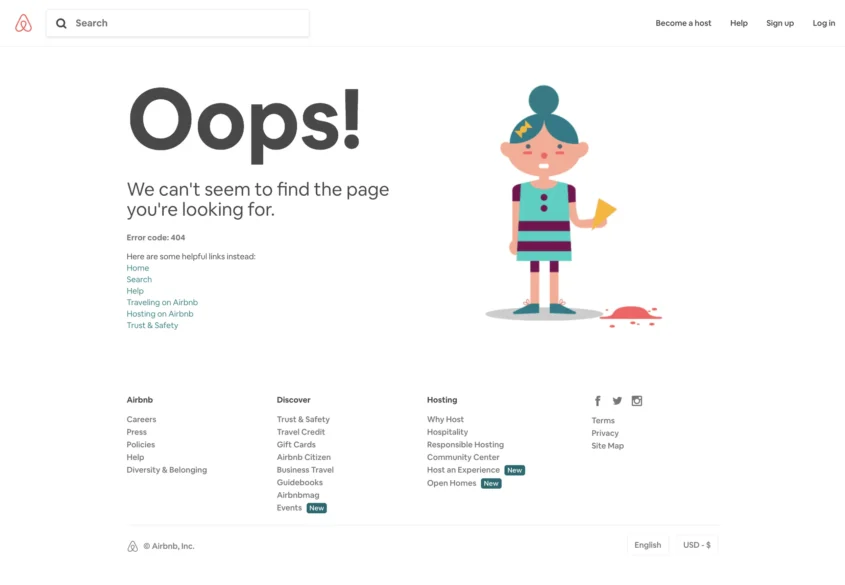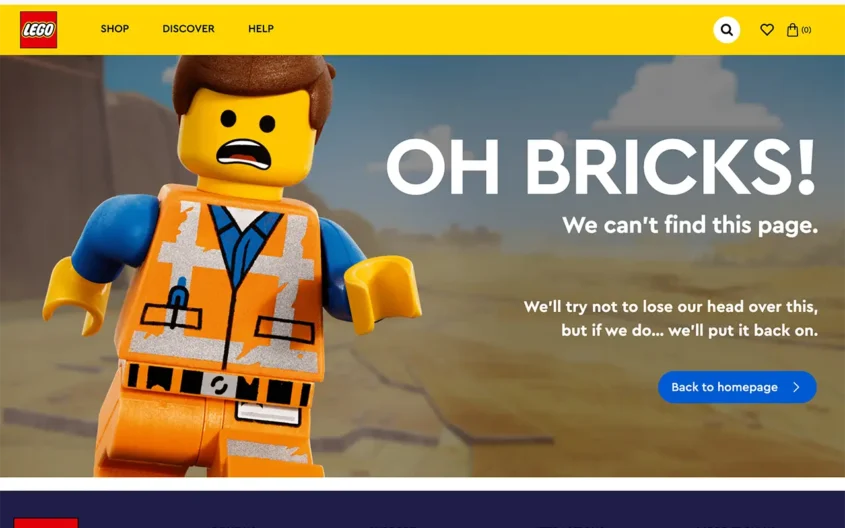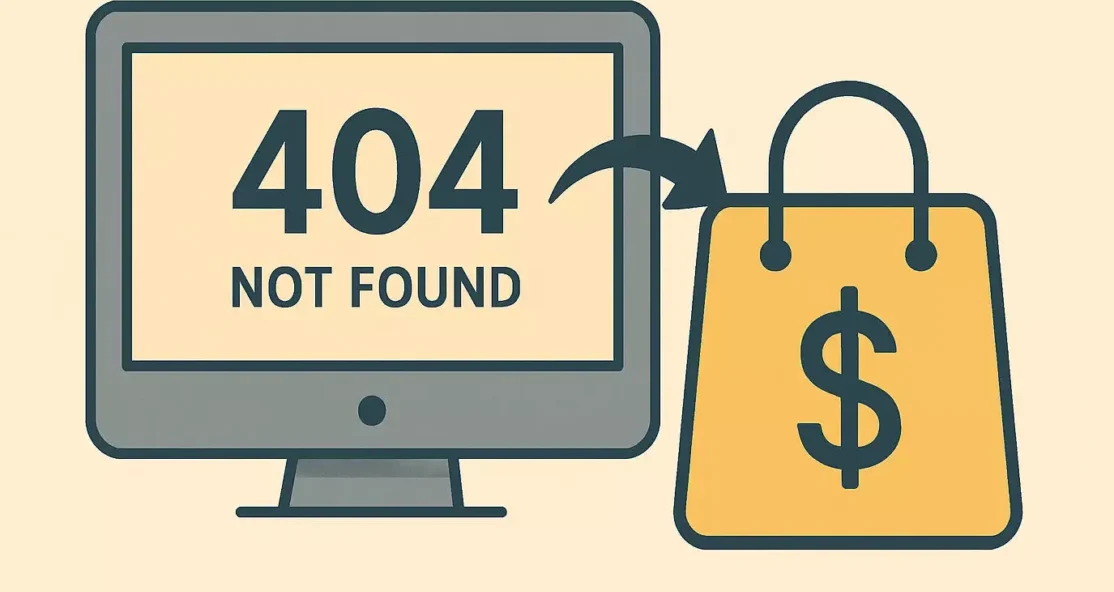
How Your Website’s Error Pages Can Win Customers
404 pages suck. Period. They show up when something's broken, and instead of helping, they just say "Oops! There's nothing here." and dump visitors into a dead end. That's a missed opportunity.
Here's the thing: error pages aren't just about broken links. They're part of the overall website experience. And if done right, they can actually build trust, rather than break it, and even help convert visitors!
Why Default 404 Pages Hurt Your Website
A generic 404 page makes your site feel outdated. It's a digital shrug. For visitors who are already confused or frustrated, that's the worst possible response.
If someone lands on a page that doesn't exist, they should at least get a clear explanation, a useful next step, or something that reflects the personality of that brand.
What Great Error Pages Do Differently
They don't just say "page not found." They say:
- "Here's where to go instead."
- "Hey, while you're here, check this out."
Smart 404 pages:
- Match your brand tone and design
- Suggest useful links (homepage, blogs, product categories etc.)
- Include a search bar or navigation menu
- Use clever or playful messaging without being vague
- Sometimes even offer a discount as a gesture for causing inconvenience to the user
SEO & Conversion Benefits? Yes.
You might think error pages are irrelevant when it comes to SEO. Not quite.
If your 404 page has internal links, a helpful CTA, or even a search option, it could reduce your bounce rate and potentially help keep users on your site. That helps with dwell time (the duration a visitor spends on a webpage before returning to the search engine results page (SERP)), which search engines pay attention to.
Examples By Famous Brands
1. GitHub shows a fun illustration with a link to explore repositories.
2. Airbnb keeps it simple but directs you to relevant listings.
3. Lego adds humor, branding, and redirection all in one.
